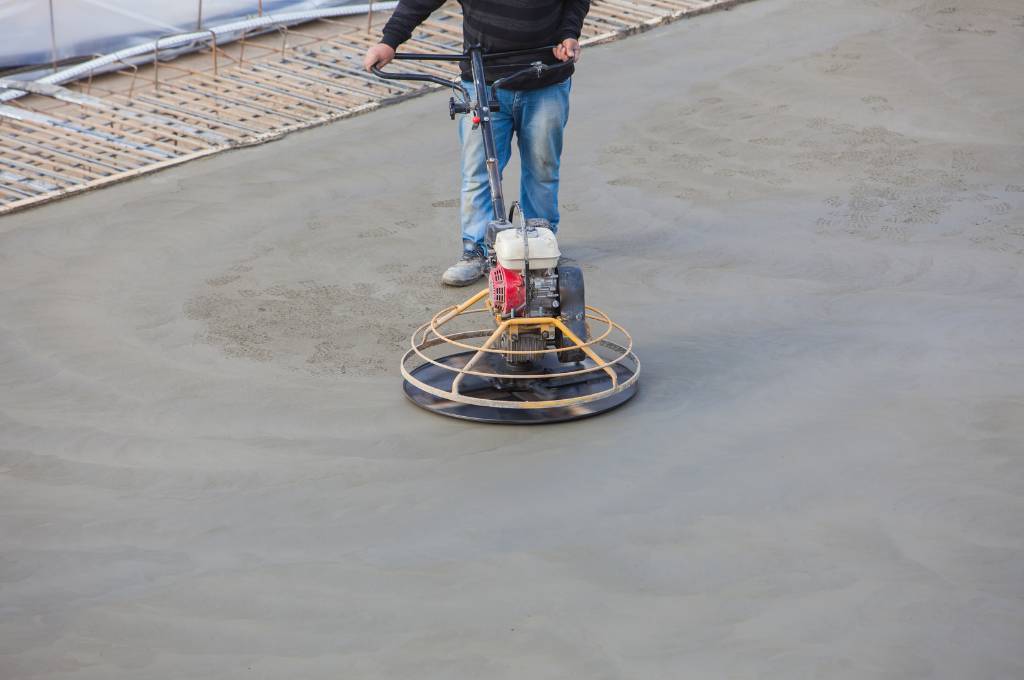Last Updated on June 12, 2024 by Kravelv Spiegel
Concrete polishing is an essential part of finishing concrete floors and creating a polished and smooth surface. When it comes to concrete polishing, there are two main methods: dry and wet polishing. Both methods have their advantages and disadvantages, and choosing the right method depends on several factors. In this article, we will discuss dry and wet polishing and which one you might need for your concrete polishing project.

What is Concrete Polishing?
Concrete polishing is the process of using specialized tools and techniques to grind, hone, and polish concrete surfaces. This process results in a smooth and glossy surface that is both durable and attractive. Concrete polishing is commonly used in commercial and industrial settings, as well as in residential spaces such as basements and garages.
Dry Polishing
Dry polishing involves using a dry polishing pad and a vacuum system to remove dust and debris as the polishing is done. This method is typically faster than wet polishing since there is no need to wait for the floor to dry before continuing the polishing process.
One advantage of dry polishing is that it is generally less messy than wet polishing. Since dust is removed as it is created, there is less debris to clean up after the job is finished. However, dry polishing does create a lot of dust, which can be harmful to workers and require protective gear.
Wet Polishing
Wet polishing involves using water and a specialized polishing pad to create a smooth and glossy surface. The water helps to keep the pad cool and lubricated, which can extend the life of the pad and prevent it from becoming clogged with debris.
One advantage of wet polishing is that it is generally considered to be more environmentally friendly than dry polishing since it creates less dust. Additionally, the water used in the polishing process can help to reduce heat buildup, which can lead to cracks and other damage.
Choosing the Right Method
Choosing the right method of concrete polishing depends on several factors, including the size and location of the job, the desired finish, and personal preference. Here are some considerations to keep in mind:
- Size and location of the job: For smaller jobs or jobs in areas with limited ventilation, such as basements or garages, wet polishing may be the better option since it creates less dust. For larger jobs in open areas, dry polishing may be more efficient.
- Desired finish: The desired finish of the concrete surface can also play a role in choosing the right method. Wet polishing tends to produce a higher-gloss finish, while dry polishing can create a matte finish.
- Personal preference: Finally, personal preference can also play a role in choosing the right method. Some people may prefer the cleaner and more environmentally friendly process of wet polishing, while others may prefer the faster and more efficient process of dry polishing.
Concrete polishing is an important part of finishing concrete floors and creating a smooth and polished surface. When it comes to choosing between dry and wet polishing, there are several factors to consider, including the size and location of the job, the desired finish, and personal preference. While both methods have their advantages and disadvantages, choosing the right method can help ensure a successful concrete polishing project. Whether you choose dry or wet polishing, be sure to work with a professional concrete polishing company that has the experience and equipment needed to get the job done right.
